Date: 29 December 2007
Beyond the clouds...”, the view must be boundless – Astrophysicists perhaps had this popular German chanson in mind when they came up with the idea of building a large telescope that weighs tons into a jumbo jet.The joint project of NASA and the German Aerospace Center (DLR) has been named SOFIA, which stands for Stratospheric Observatory For Infrared Astronomy. The objective is to obtain an unclouded view of the stars and galaxies in aerial heights.
Many of the device’s components have already been installed and are now being tested. This also applies to the ”heart” of the flying observatory, a large, round mirror substrate made of Zerodur® glass ceramic from SCHOTT. With its 2.7 meter diameter, it is even larger than the Hubble Space Telescope. However, with a weight of 850 kilograms, the mirror brings only a fraction of the weight of the passengers that the former commercial aircraft used to hold onto the scale.
Lightweight mirror
The reconstructed 747 SP (Special Performance) is a truncated version of the jumbo jet that had been flying for various airlines. To make sure it would not drop down at the stern, due to its unusual load, a delicate, honeycomb-shaped lightweight only 35 centimeters in thickness was ground out of the glass ceramic substrate that weighed tons. This reduction measure saves kerosene during flights and is easy on costs and the environment.
The decision to use Zerodur® glass ceramic as the mirror substrate material was hardly a difficult one for the engineers and technicians. After all, this precise polished glass ceramic retains its shape, even under extreme conditions at altitudes of up to 13,000 meters. ”Here in the stratosphere, several kilometers above the flight routes of commercial airlines, there are icy temperatures of minus 60 degrees Celsius”, says Dr. Thorsten Doehring, Project Manager Astro/Space from SCHOTT. Due to the stability of shape, the images of objects in space always remain pin sharp.
Successful maiden flight  On April 26, 2007, the very first flight took place for the modified aircraft in Texas. ”The integration of the telescope represented a major challenge for all those involved,” explains SOFIA project manager, Dr. Dietmar Lilienthal from the DLR, who has nothing in common with his famous namesake, Otto Lilienthal, an aviation pioneer, except the same mentality. ”SOFIA and the telescope that was developed in Germany survived their maiden flight very well,” adds Professor Hans-Peter Röser from the SOFIA Institute in Stuttgart (Germany). This was also good news for MT-Mechatronics GmbH, based in Mainz, and Kayser-Threde GmbH from Munich, the companies that built the observation device on behalf of the DLR. Besides the turbine vibrations of the aircraft, turbulences are mainly what shake up the telescope. For this reason, it is stored inside an air cushion. To ensure that the object of interest always remains in focus, the mirror substrate is guided precisely by an automatic device.
On April 26, 2007, the very first flight took place for the modified aircraft in Texas. ”The integration of the telescope represented a major challenge for all those involved,” explains SOFIA project manager, Dr. Dietmar Lilienthal from the DLR, who has nothing in common with his famous namesake, Otto Lilienthal, an aviation pioneer, except the same mentality. ”SOFIA and the telescope that was developed in Germany survived their maiden flight very well,” adds Professor Hans-Peter Röser from the SOFIA Institute in Stuttgart (Germany). This was also good news for MT-Mechatronics GmbH, based in Mainz, and Kayser-Threde GmbH from Munich, the companies that built the observation device on behalf of the DLR. Besides the turbine vibrations of the aircraft, turbulences are mainly what shake up the telescope. For this reason, it is stored inside an air cushion. To ensure that the object of interest always remains in focus, the mirror substrate is guided precisely by an automatic device.
Many more tests and installations still lie ahead, before the flying eye on the sky can take off from its base airport, NASA Dryden Flight Research Center at Edwards Air Force Base, near Los Angeles (California/U.S.A.), to embark on its first scientific missions. Up to 15 experts from Germany will be accompanying the experiments. At a working altitude of over 12,000 meters, they’ll be opening an approximately four by six meter bulkhead door at the tail of the plane to observe space for several hours on three or four evenings each week.
More flexible research into new phenomena  SOFIA offers even more invaluable advantages. Unlike observation satellites, this aircraft is not restricted to specific orbits. It can fly to any large airport on earth. While there, new components can be installed, instruments can be replaced or sensors can be added in order to study temporary phenomena that are only visible from certain locations, solar eclipses or partially covered stars, for example. With the help of the flying observatory, scientists are hoping to capture light with wavelengths of between 0.3 and 1,600 micrometers, especially invisible heat radiation. This makes up a considerable share of the radiant power of our universe. Some cosmic structures in this spectral region, for instance, shine some thousand times brighter than optical structures. This often remains hidden to grounded telescopes, because this part of the spectrum is usually swallowed up by clouds and water vapor. This is also why it hasn’t been researched more thoroughly. But, this should change with SOFIA, because it leaves around 99 percent of the atmospheric humidity behind it. Because the infrared radiation can even penetrate through interstellar clouds of dust, SOFIA offers views of previously undiscovered interstellar structures, including galaxies, groups of stars or the birthplaces of young stars. ”This data will broaden our conception of the composition of the interstellar medium and the processes that lead to the creation of stars inside our cosmos,” promises Prof. Jürgen Stutzki from the University of Cologne (Germany) and currently speaker for the SOFIA researchers. Everyone is optimistic that SOFIA will be a complete success. Initial tests give cause for optimism. Furthermore, analyses have shown that the flying observatory achieves approximately ten times the sensitivity and three times higher resolution than its predecessor, the Kuiper Airborne Observatory that enabled the rings around the planet Uranus to be discovered.
SOFIA offers even more invaluable advantages. Unlike observation satellites, this aircraft is not restricted to specific orbits. It can fly to any large airport on earth. While there, new components can be installed, instruments can be replaced or sensors can be added in order to study temporary phenomena that are only visible from certain locations, solar eclipses or partially covered stars, for example. With the help of the flying observatory, scientists are hoping to capture light with wavelengths of between 0.3 and 1,600 micrometers, especially invisible heat radiation. This makes up a considerable share of the radiant power of our universe. Some cosmic structures in this spectral region, for instance, shine some thousand times brighter than optical structures. This often remains hidden to grounded telescopes, because this part of the spectrum is usually swallowed up by clouds and water vapor. This is also why it hasn’t been researched more thoroughly. But, this should change with SOFIA, because it leaves around 99 percent of the atmospheric humidity behind it. Because the infrared radiation can even penetrate through interstellar clouds of dust, SOFIA offers views of previously undiscovered interstellar structures, including galaxies, groups of stars or the birthplaces of young stars. ”This data will broaden our conception of the composition of the interstellar medium and the processes that lead to the creation of stars inside our cosmos,” promises Prof. Jürgen Stutzki from the University of Cologne (Germany) and currently speaker for the SOFIA researchers. Everyone is optimistic that SOFIA will be a complete success. Initial tests give cause for optimism. Furthermore, analyses have shown that the flying observatory achieves approximately ten times the sensitivity and three times higher resolution than its predecessor, the Kuiper Airborne Observatory that enabled the rings around the planet Uranus to be discovered.
However, before SOFIA was able to take off for the skies for the good of science, yet another symbolic act had to take place. Erik Lindbergh, a grandson of the legendary aviation pioneer Charles Lindbergh, who became the first person to ever fly over the Atlantic in 1927, christened the research aircraft »Clipper Lindbergh«. This is actually the same name that Lindbergh’s widow, Anne Morrow Lindbergh, had given the aircraft several years earlier, before it had been reconstructed. All those involved consider this a good omen.

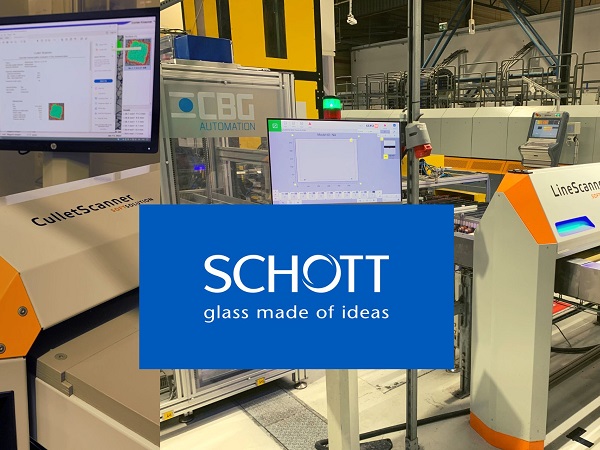
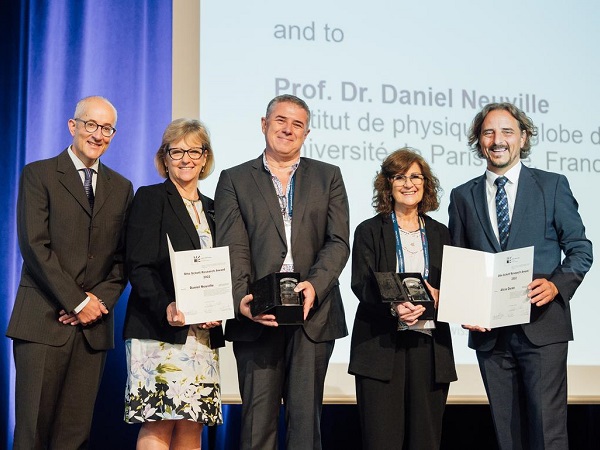
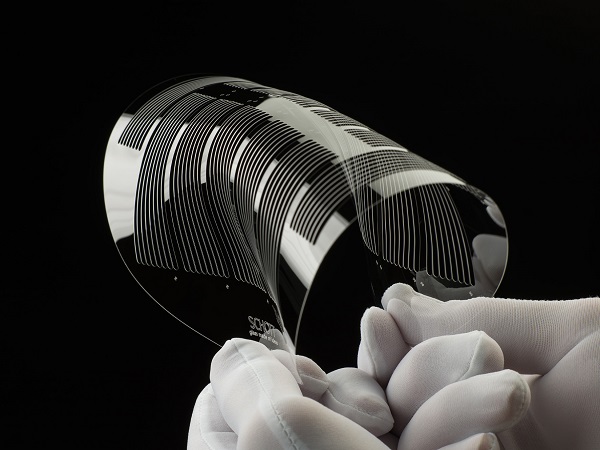
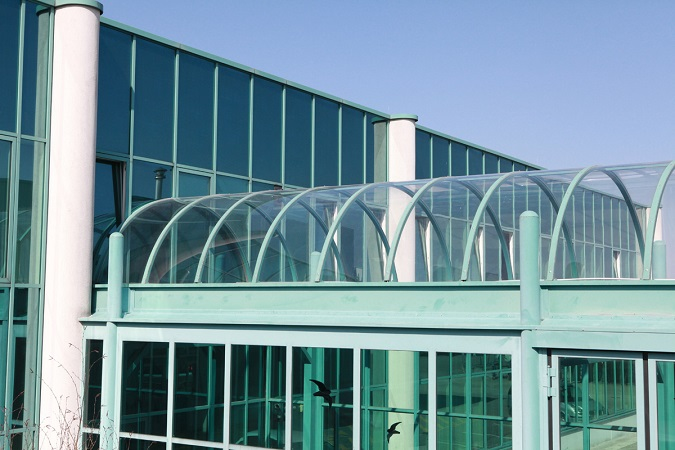
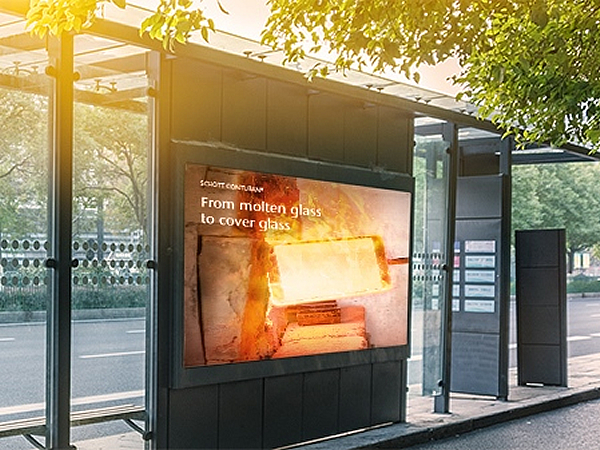
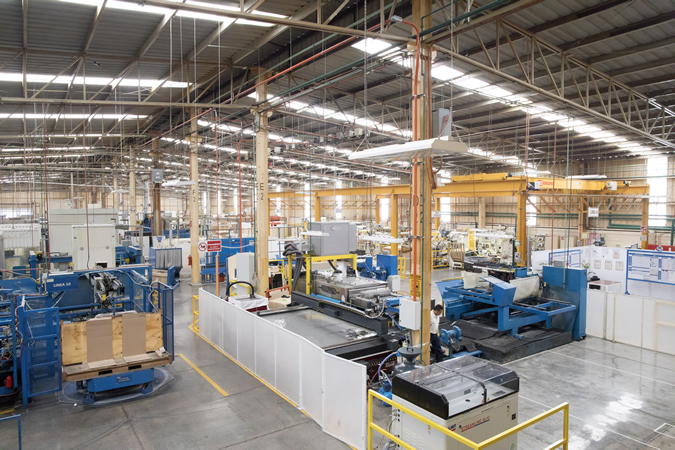
Add new comment